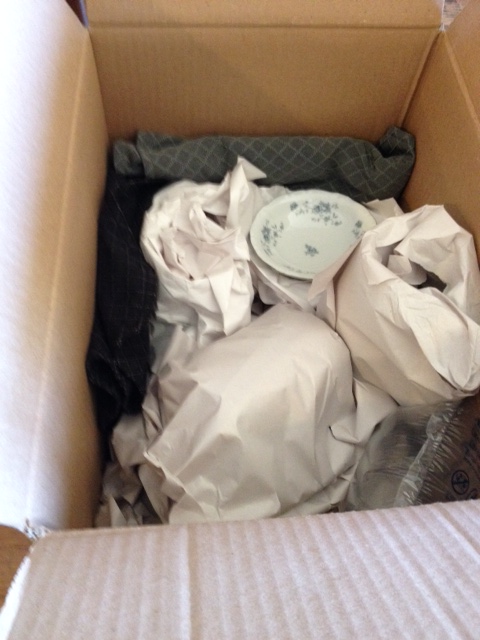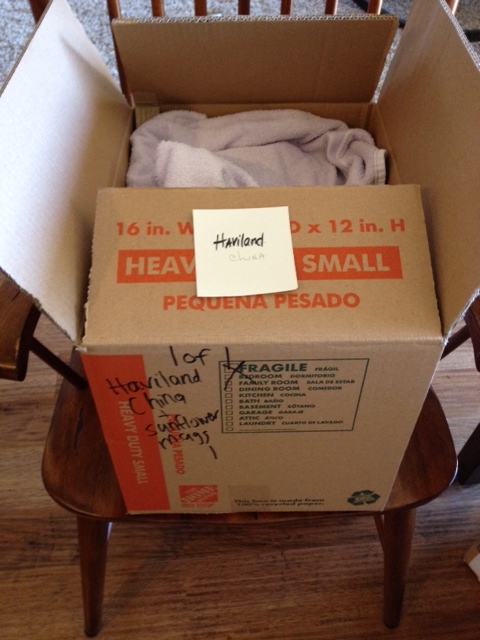Remember the boy scout motto? Be prepared.
 I find the earlier I start preparing for the holidays, the more I enjoy the season. Since I’m a Christian, I’ll concentrate on the Christmas holiday. Whatever your religious faith, December is a busy time of year and most people around you vibrate with stress.
I find the earlier I start preparing for the holidays, the more I enjoy the season. Since I’m a Christian, I’ll concentrate on the Christmas holiday. Whatever your religious faith, December is a busy time of year and most people around you vibrate with stress.
If you follow the following tips to simplify the holidays, your stress will be reduced and the holidays will be more fun! Remember a little bit of planning goes a long way.
Why make a list?
- Tasks not written down often bounce around in your mind, distracting you.
- You see what you need to do at a glance.
- Crossing off completed items brings a feeling of accomplishment.
- A list helps you prioritize your tasks.
- Your holiday preparation will be more efficient.
Try and set aside 30 minutes at the end of November. Then brainstorm all the things you have to do or want to do before the big holiday. This can usually be done in one sitting. Then look at your list, cross off a few of your most dreaded tasks, especially time-consuming ones. If it absolutely HAS to be done, it doesn’t mean you have to be the one to do it (the tips will explain). To make it easier next year, save your list on your computer and file it under a folder named CHRISTMAS. You’ll thank yourself later!
10 + tips to simplify the Holidays
- Ask your family what they really care about. Cross everything else off. Get out of the mindset of creating a ‘perfect’ Christmas. It’s amazingly freeing.
- Get help. Work together and delegate to family. Ask what tasks they will take on. Make sure to keep each person’s strengths in mind.
- Save some time on cards by not sending any, OR by using Sendout cards to do half the work for you! It’s a painless way to send cards to people who are important in your life. With Sendout cards, you make a card online, put in names and addresses, then they send it out for you. No licking envelopes! It costs about $1 per card & stamp. And it will take even less time next year because you’ll have all the addresses entered! My amazingly helpful Sendout cards person: Teresa Ball: Sendoutcards.com/teresaball
- Make cookie dough in early December. To save time in December, I’ve frozen butter cookie dough 30 days ahead of time. then I defrost the dough and baked cookies. To me,they are delicious and I cannot tell the difference between fresh and frozen dough. For some of my recipes and pictures, see my husband Frank’s blog: http://www.frankmorin.org/2018/10/twelve-cookies-christmas/
- Outsource. Is there anything you could hire out, like putting up outside lights? Or, can you get someone else to do your wrapping? Here in Southern Oregon, the orchestra kids wrap gifts at Fred Meyer for a donation to their program. It’s a win-win!
- Mail any domestic packages first week of December. The lines are shorter, and there’s plenty of time to reach loved ones. Plus, you will have peace of mind. Hint: Send books or movies because the US Post Office has a special “media rate” which is cheaper than the regular postage cost. Even easier: order online and have gifts shipped directly to family and friends. No lines, no waiting!
- Keep it simple: For teacher and hostess gifts, chocolate and coffee gift cards are the most appreciated. Take it from me, they don’t need more mugs. I recently read an entire article by a teacher, and the top 2 most appreciated gifts are coffee and chocolate.
- Going to a potluck? Make it easy on yourself by bringing a one-pot or crockpot meal. Something you can put together in the morning in 20 minutes like a roast, a simple soup or marinated little smoky sausages will save you time and stress.
- A few days before Christmas, prepare everything you can for Christmas dinner in advance. Bake pie crusts, tightly wrap and freeze. Cube bread for stuffing. Make sure you have all the ingredients you need. Don’t forget the crispy fried onions for green bean casserole!
- Easy Christmas breakfast: Put together a breakfast casserole that stays overnight in the fridge. Then, you get to enjoy Christmas morning because you just pop it in the oven when everyone gets hungry!
- Use gift bags and sticker gift tags whenever possible. They save so much time. Have plenty on hand. They are cheaper when bought in bulk online.
Favorite family tradition: The Christmas Jar

This is our family’s Christmas Jar. All year we save our coins in a cute jar with a nutcracker lid. In December, we count the coins and find a local family in need to give it to. We put the jar and the book The Christmas Jar by Jason F. Wright on their doorstep, knock and run. Most of the time we add a turkey or a ham for their dinner and a family gift like a game we enjoy. It’s the best feeling.
The kids really love this tradition. I love it because it helps them develop compassion, generosity, and realize how blessed they are.
5 fun traditions for Holiday cheer
- Make cookies together. Probably my family’s most cherished—and delicious—tradition. Click for recipes and photos: http://www.frankmorin.org/2018/10/twelve-cookies-christmas/
- Lighting candles for 8 days, and having apple latkes.
- Spend time as a family. Act out the Nativity with costumes using Luke 2 in the New Testament. Include some carols! To make it service-oriented, perform it at a rest home! Bathrobes, towels and neckties make great Shepherd outfits.
- Go on a tree-hunting adventure at a local tree farm. Find the ‘perfect’ tree or your very own Charlie Brown tree. To find them, type ‘Christmas tree farm near me’ in your browser.
- Gift matching pajamas to the whole family and open them Christmas Eve or the first day of Hanukkah.
Just for you: See how many things you can cross off your list with my Simplify the Holidays guide, a free gift! This guide lists Grants Pass and Medford, Oregon resources for outsourcing holiday decorations, lights, gift-wrapping, Sendout Card services, and more! https://efficientspacesco.c.wpstage.net/simplify-holidays/
For some Christmas budgeting help: https://efficientspacesco.c.wpstage.net/2015/11/tis-season-spend-wisely/
And for some helpful holiday tips and a fun Organizer’s 12 days of Christmas poem: https://efficientspacesco.c.wpstage.net/2017/12/12-days-christmas-tips/




 you believe it is almost September? It’s almost that time again, for kids, teens and college students to go back to school. If the thought of shopping for school supplies and clothing fills you with dread, I’ve got some pointers to save time and energy.
you believe it is almost September? It’s almost that time again, for kids, teens and college students to go back to school. If the thought of shopping for school supplies and clothing fills you with dread, I’ve got some pointers to save time and energy.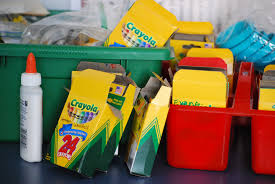


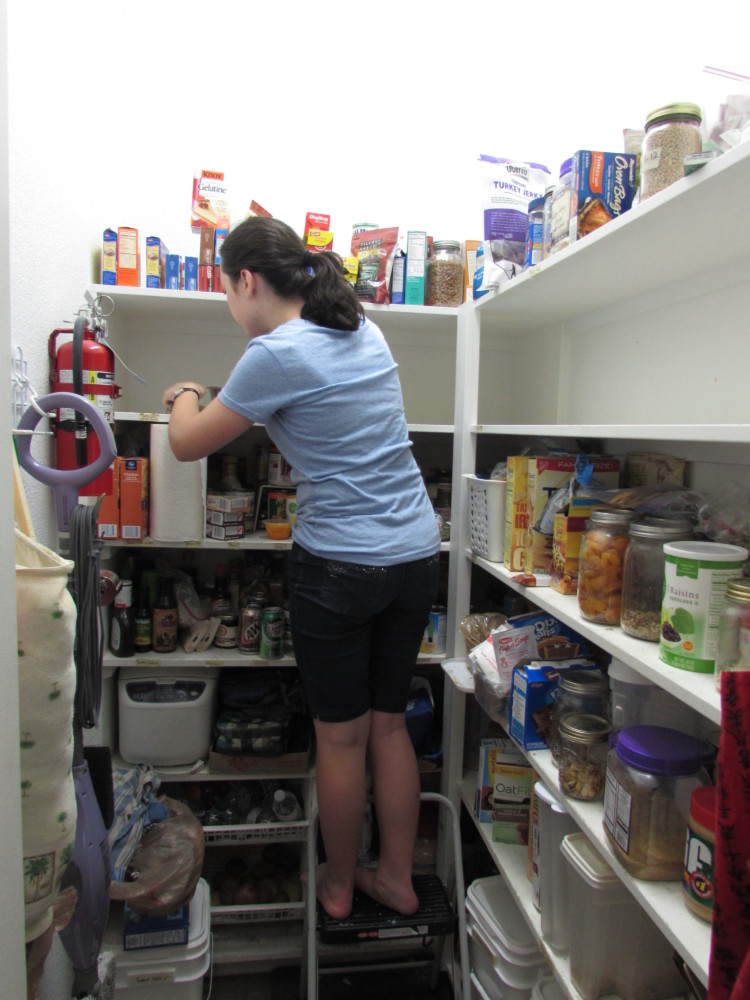
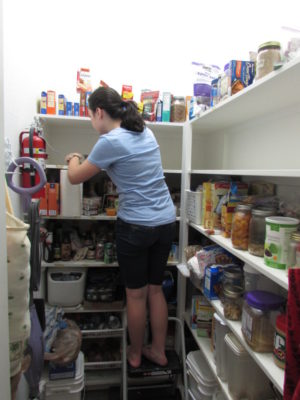
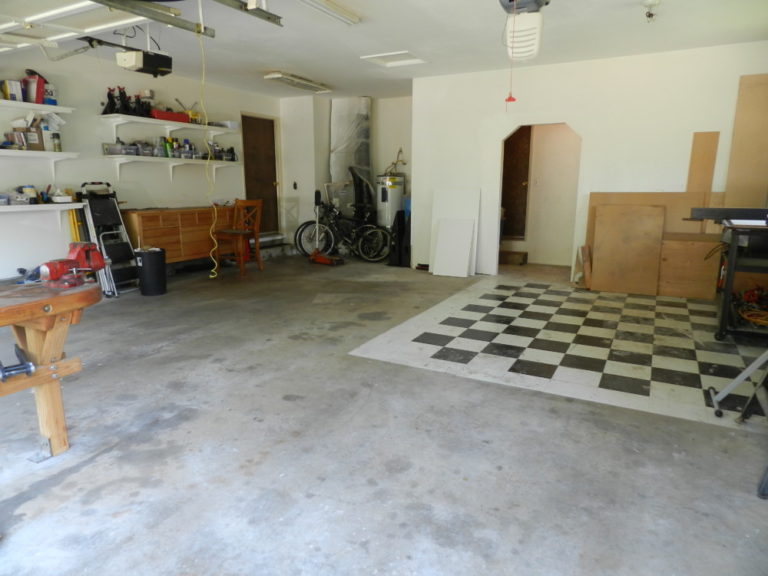

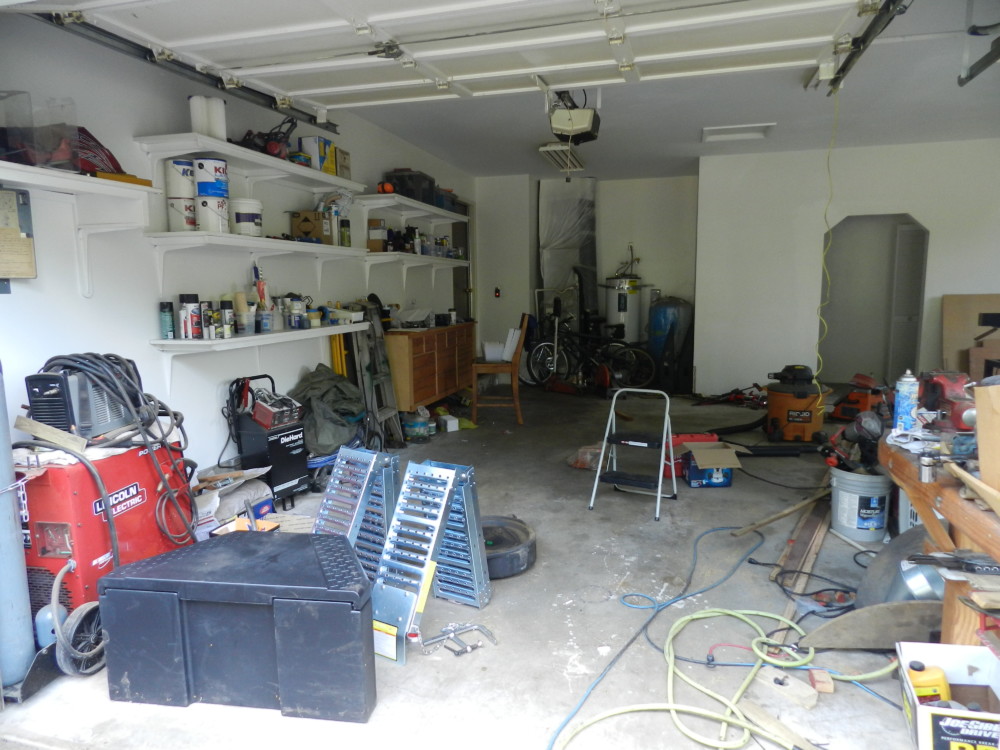
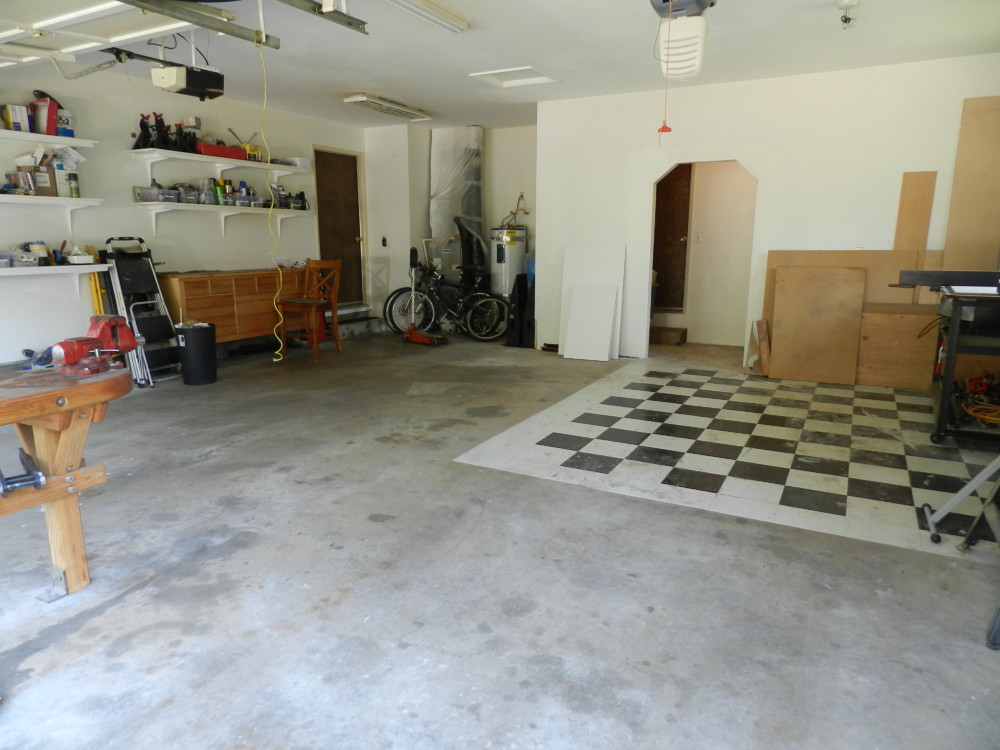


 Not a helper to chop veggies or a sous chef—I’m talking organizational help. Looking for kitchen ideas? You’re not alone. In the past couple weeks, several friends have mentioned their kitchen needs work. Well, that’s what I DO, so I’m here to help in the kitchen. Think about the issues in your kitchen. What piles up, and where? Are your cabinets crammed with precarious stacks of bowls, pots and pans, and airtight containers?
Not a helper to chop veggies or a sous chef—I’m talking organizational help. Looking for kitchen ideas? You’re not alone. In the past couple weeks, several friends have mentioned their kitchen needs work. Well, that’s what I DO, so I’m here to help in the kitchen. Think about the issues in your kitchen. What piles up, and where? Are your cabinets crammed with precarious stacks of bowls, pots and pans, and airtight containers? Many people have a small kitchen that doesn’t seem to have enough storage. Apartments, starter homes, and older homes tend to have small kitchens with woefully inadequate cabinet space. In my very first kitchen, I could barely open the oven without hitting our small table! At that time, I did not have many dishes or tools, so it wasn’t an issue.
Many people have a small kitchen that doesn’t seem to have enough storage. Apartments, starter homes, and older homes tend to have small kitchens with woefully inadequate cabinet space. In my very first kitchen, I could barely open the oven without hitting our small table! At that time, I did not have many dishes or tools, so it wasn’t an issue.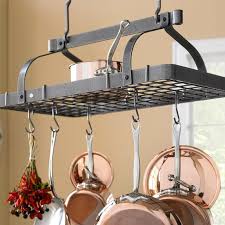 Sixth: A ceiling-mounted pot rack will hold a multitude of pots and pans!
Sixth: A ceiling-mounted pot rack will hold a multitude of pots and pans!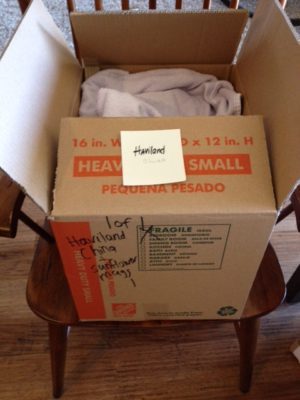

 thrift stores. So, once a year, I celebrate by having a little fun with the 12 days of Christmas poem. This new and improved 12 days has 12 tips to make your holiday prep less stressful!
thrift stores. So, once a year, I celebrate by having a little fun with the 12 days of Christmas poem. This new and improved 12 days has 12 tips to make your holiday prep less stressful! Tip: Take out one decoration that really inspires you. For me, a homemade advent calendar does the trick. Each pocket has 1 simple activity and a small ornament inside. Keep it simple, silly!
Tip: Take out one decoration that really inspires you. For me, a homemade advent calendar does the trick. Each pocket has 1 simple activity and a small ornament inside. Keep it simple, silly!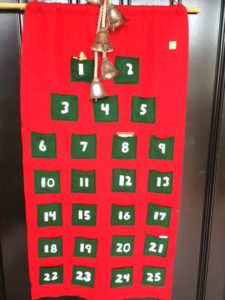 pre-lit ceramic tree.
pre-lit ceramic tree.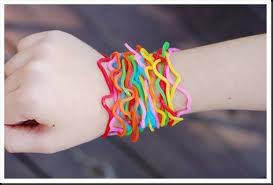 my client gave to me: 5 silly bands, 4 Rolodexes, 3 rubber chickens, 2 Kleenex boxes, and a pre-lit ceramic tree.
my client gave to me: 5 silly bands, 4 Rolodexes, 3 rubber chickens, 2 Kleenex boxes, and a pre-lit ceramic tree.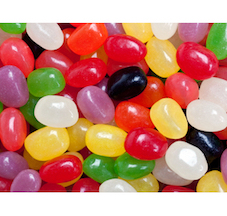 the 6th day of Christmas, my client gave to me:6 sticky jelly beans, 5 silly bands, 4 Rolodexes, 3 rubber chickens, 2 Kleenex boxes, and a pre-lit ceramic tree.
the 6th day of Christmas, my client gave to me:6 sticky jelly beans, 5 silly bands, 4 Rolodexes, 3 rubber chickens, 2 Kleenex boxes, and a pre-lit ceramic tree. cushions! Just like everything else, make a plan for when to clean certain areas of the house. If you’re having guests one night, remember don’t spend too much time on the floors, they’re just going to get dirty again! Do a quick clean before and a thorough clean after!
cushions! Just like everything else, make a plan for when to clean certain areas of the house. If you’re having guests one night, remember don’t spend too much time on the floors, they’re just going to get dirty again! Do a quick clean before and a thorough clean after! he 8th day of Christmas, my client gave to me: 8 singing fish, 7 gift bags, 6 sticky jelly beans, 5 silly bands, 4 Rolodexes, 3 rubber chickens, 2 Kleenex boxes, and a pre-lit ceramic tree.
he 8th day of Christmas, my client gave to me: 8 singing fish, 7 gift bags, 6 sticky jelly beans, 5 silly bands, 4 Rolodexes, 3 rubber chickens, 2 Kleenex boxes, and a pre-lit ceramic tree.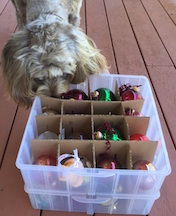 wrap or brown packing paper to keep them safe (newsprint may rub off on ornaments). Or make your life even easier by investing in a nifty bulb storage container. Craft or home stores carry these.
wrap or brown packing paper to keep them safe (newsprint may rub off on ornaments). Or make your life even easier by investing in a nifty bulb storage container. Craft or home stores carry these. on’t forget to make it fun—play music and movies! While you are wrapping or decorating, crank up the Christmas carols or The Messiah by the Tabernacle Choir at Temple Square! A great way to store your holiday CD’s is a simple shoe box with a label. You can even store them with your Christmas decorations to save on shelf space during the year. (As long as the temperature doesn’t rise above 90 degrees in your storage area.)
on’t forget to make it fun—play music and movies! While you are wrapping or decorating, crank up the Christmas carols or The Messiah by the Tabernacle Choir at Temple Square! A great way to store your holiday CD’s is a simple shoe box with a label. You can even store them with your Christmas decorations to save on shelf space during the year. (As long as the temperature doesn’t rise above 90 degrees in your storage area.)

 Spaces
Spaces ommates. Once you’ve created a home for everything, take a labeler or some sticky tape and a marker, then go label happy! It doesn’t have to be a beautiful, perfect labeling system like you see on Pinterest, as long as you can read it, that’s all you need.
ommates. Once you’ve created a home for everything, take a labeler or some sticky tape and a marker, then go label happy! It doesn’t have to be a beautiful, perfect labeling system like you see on Pinterest, as long as you can read it, that’s all you need.